This article was co-authored by Aimee Eyvazzadeh, MD, MA. Aimee Eyvazzadeh is a Fertility Specialist and the Founder of The Egg Whisperer Show, a fertility care program focusing on fertility education based in the San Francisco Bay Area. Her work has been featured in magazines such as People, Forbes, and Marie Claire, and she has been featured on the Today Show, Good Morning America, and CNN. She earned an MD from the University of California, Los Angeles in 2001, completed an OB/GYN residency at Harvard Medical School in 2005, and finished a fellowship in Reproductive Endocrinology and Infertility at University of Michigan, where she also completed an MPH.
There are 12 references cited in this article, which can be found at the bottom of the page.
wikiHow marks an article as reader-approved once it receives enough positive feedback. This article has 13 testimonials from our readers, earning it our reader-approved status.
This article has been viewed 1,915,406 times.
Choosing the right way to prevent and avoid pregnancy is a personal decision that isn't always easy. Fortunately, there are lots of options available today that can help you prevent an unexpected pregnancy. When you're deciding which one is right for you, take into consideration your personal needs, lifestyle, and physical health.
Steps
Barrier Methods
-
1Condoms. Latex condoms are worn on the penis during intercourse. They prevent pregnancy by keeping semen from coming into contact with fertile eggs. Condoms are often given out for free at health clinics, and they're available for over-the-counter purchase for about $1.00 a piece at drug stores and grocery stores.
- An added benefit of condoms is that they protect both parties from sexually transmitted diseases (STDs) as well as pregnancy.
- Condoms are made from thin latex, so they occasionally tear during intercourse. When this happens, the chances of pregnancy go up.[1]
- Some people have allergies to latex condoms, and choose condoms made of plastic instead.
-
2Female condoms. Also made of latex, female condoms are shaped like a ring with a pouch. The pouch fits inside the vagina, while the ring stays outside the body to hold it in place. They collect semen during intercourse so it never has a chance to enter the woman's body. Female condoms cost about $4.00 a piece and are available at drugstores.
- Female condoms reduce the risk of STDs by protecting the vagina from directly getting touched.
- Female condoms are slightly less effective than regular condoms, and some people say that they are less comfortable to use.[2]
-
3Diaphragms. These shallow cups made of silicone are inserted inside the vagina and over the cervix to prevent semen from contacting an egg. They are commonly used in combination with spermicidal jelly, which prevents sperm from moving, in order to increase efficacy.
- Since every woman's body is a slightly different shape, diaphragms must be fitted to make sure they're the right size. Talk to your gynecologist or health clinic worker about getting fitting for a diaphragm.
- Diaphragms are quite effective, but they don't prevent the transmission of STDs.[3]
Hormonal Birth Control
-
1Birth control pills. Birth control pills, often referred to in shorthand as "the Pill," consist of synthetic estrogen and progestin hormones that keep a woman's eggs from leaving her ovaries, so that pregnancy can't happen.[4] When taken properly, they are extremely effective. Contraceptive pills are available on a prescription-only basis from your gynecologist or health care provider.[5]
- The Pill must be taken every day, at the same time each day, to work properly. Skipping a few days could decrease its efficacy.[6]
- The Pill causes some women to experience side effects. Different brands of pills have different levels of estrogen and progestin, so your doctor may prescribe a different brand if one seems to be causing negative side effects.[7]
- Keep in mind that the pill is meant to be taken daily because it’s out of your system after a day. Once you skip a pill, you have now effectively stopped.[8]
-
2Other hormonal devices. The same hormones that make birth control pills effective can be distributed to the body by other means. If you don't like taking pills every day, consider these options:
- Depo-Provera, or the birth control shot. This shot is administered in the arm once every three months. The shot is very effective at preventing pregnancy, but it has been reported that side effects are possible.[9]
- The birth control patch. The patch is usually placed on the arm, back or thigh. It distributes hormones through the skin and has to be replaced every few weeks.[10]
- The birth control ring. The ring is inserted into the vagina once a month. It releases hormones to prevent pregnancy from occurring.
- The birth control implant. A small rod is inserted in the arm, and it releases hormones to prevent pregnancy for up to three years. It must be inserted and removed by a health care provider.[11]
-
3Intrauterine Devices (IUDs). The IUD is a small metal device inserted in the uterus by a health care provider. One type of IUD works by releasing hormones, and another type is made of copper, which affects the mobility of sperm and stops them from fertilizing the egg.[12]
- IUDs are extremely effective and last up to 12 years, although they can cost from $500 to $1,000.
- If you're concerned about disrupting your menstrual cycle, consider the copper IUD, which doesn't interfere with your hormones or cause hormonal birth control-related side effects.
Behavioral Methods
-
1Abstinence. Abstaining from vaginal intercourse prevents pregnancy by preventing the man's semen from coming into contact with the woman's egg. Abstinence is one hundred percent effective in preventing pregnancy when it is used continuously.
- Some people define abstinence as abstaining from all sexual contact, but in order to prevent pregnancy, only vaginal intercourse needs to be avoided.
- Abstinence requires strong willpower, and some people might find it difficult to rely on this birth control method for long periods of time.
- It's important to have another birth control method in place once abstinence is ended.
-
2Fertility awareness. Also called natural family planning, this method of birth control requires having sex only during times of the menstrual cycle when the woman is not fertile. During times when pregnancy would be possible, periodic abstinence is employed. For fertility awareness to be effective, the practitioner must understand and respect the perimeters of her fertility.
- Fertility awareness often involves three different ways for calculating fertility: the calendar method, the mucus method, and the temperature method. Used together, these three methods are very effective at determining exactly when a woman is fertile.
- The calendar method requires tracking the different phases of the menstrual cycle on a calendar, then noticing patterns over time and using the patterns to predict when ovulation will occur.
- The mucus method involves checking vaginal mucus, which changes in color and consistency when a woman is fertile.
- The temperature method involves checking the body's basal temperature every day and noticing when it goes up a few tenths of degree, which signals that ovulation has occurred.
- The downside of fertility awareness is that it requires a lot of time and attention. If you forget to check mucus or temperature for a few days, you may miscalculate the days during which sex should be avoided.
- The upside of fertility awareness is that it its completely natural, requiring almost no money, no outside hormones, and no uncomfortable devices.
Surgical Methods
-
1Female sterilization. Surgery is conducted to close off the fallopian tubes in a process called tubal ligation, preventing the possibility of pregnancy. This method is extremely effective at preventing pregnancy, but it is not to be taken lightly, since it is difficult or impossible to reverse.
-
2Vasectomy. Men may choose to undergo a process that blocks their vas deferentia, through which sperm flow, preventing them from mixing with semen.[13] When the man ejaculates, his semen does not contain sperm, making it impossible for him to get a woman pregnant. Vasectomy may be reversed in some cases, but it should not be considered unless the intention is to become permanently sterilized.
Warnings
- Some methods are less reliable than others. Conduct further research before choosing a birth control method.⧼thumbs_response⧽
- Birth control pills trick women into thinking they’re fertile because of the fake regular periods they induce. The periods you get on the birth control pills are hormonally induced and not a reflection of what is going on with your own body’s hormone levels.[15]⧼thumbs_response⧽
References
- ↑ http://www.plannedparenthood.org/health-topics/birth-control/condom-10187.htm
- ↑ http://www.plannedparenthood.org/health-topics/birth-control/female-condom-4223.htm
- ↑ http://www.plannedparenthood.org/health-topics/birth-control/diaphragm-4244.htm
- ↑ http://www.plannedparenthood.org/health-topics/birth-control/birth-control-pill-4228.htm
- ↑ Jennifer Butt, MD. Board Certified Obstetrician & Gynecologist. Expert Interview. 13 March 2020.
- ↑ Jennifer Butt, MD. Board Certified Obstetrician & Gynecologist. Expert Interview. 13 March 2020.
- ↑ https://www.mayoclinic.org/tests-procedures/combination-birth-control-pills/about/pac-20385282
- ↑ Aimee Eyvazzadeh, MD, MA. OB/GYN & Fertility Specialist. Expert Interview. 24 March 2020.
- ↑ http://www.plannedparenthood.org/learn/birth-control/birth-control-shot-depo-provera
- ↑ Jennifer Butt, MD. Board Certified Obstetrician & Gynecologist. Expert Interview. 13 March 2020.
- ↑ http://www.mayoclinic.com/health/implanon/MY01007
- ↑ http://www.webmd.com/sex/birth-control/iud-intrauterine-device
- ↑ https://www.mayoclinic.org/tests-procedures/vasectomy/about/pac-20384580
- ↑ http://ec.princeton.edu/pills/plan-b.html
- ↑ Aimee Eyvazzadeh, MD, MA. OB/GYN & Fertility Specialist. Expert Interview. 24 March 2020.
About This Article
One way you can prevent an unexpected pregnancy is by using a condom when you have sex. If you're a woman, you can also talk to your gynecologist or health care provider about getting prescribed birth control pills. If you don't want to take a pill every day, you can get a birth control implant in your arm, vagina, or uterus. For a permanent way to prevent pregnancy, you can get a vasectomy if you're a man, or undergo tubal ligation if you're a woman. For more ways you can prevent pregnancy, like practicing abstinence, keep reading.
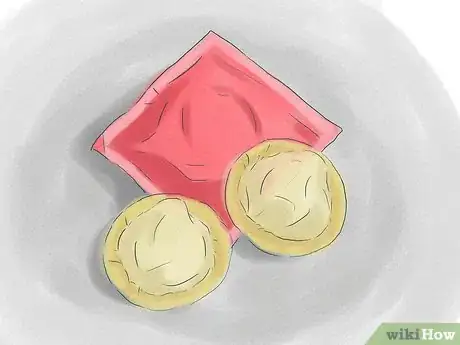

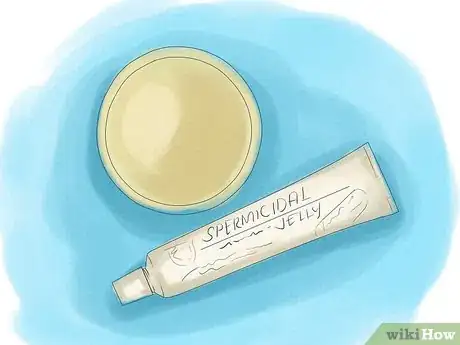





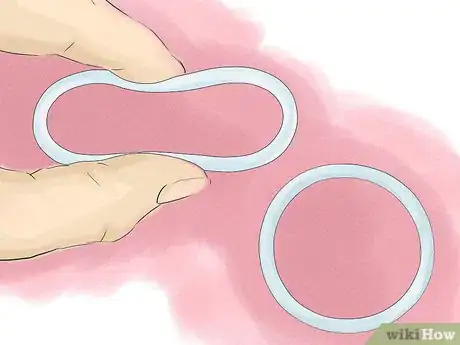
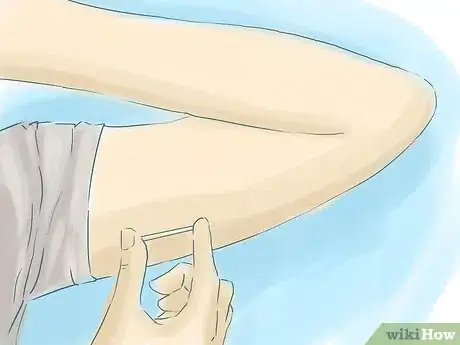
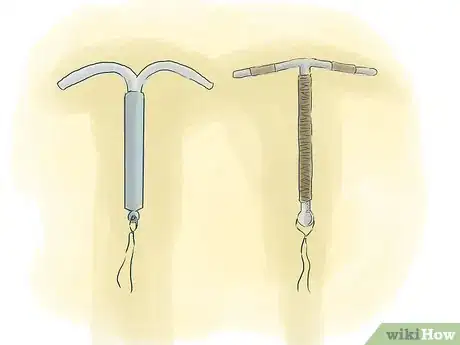



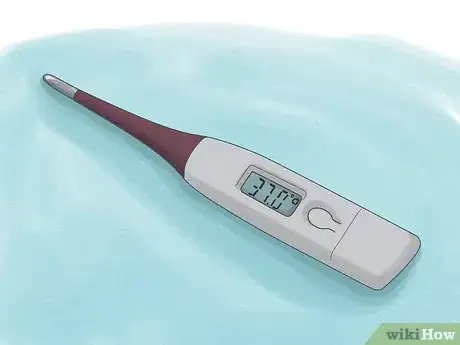


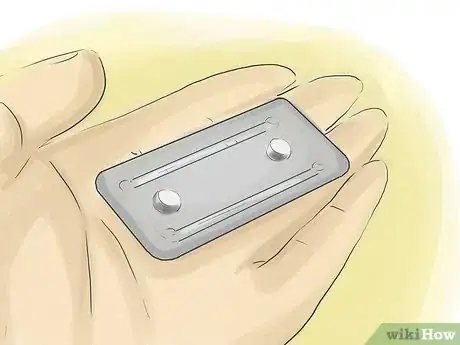








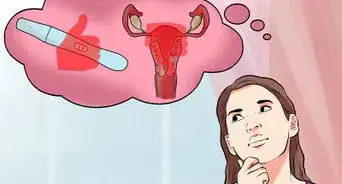






















































Medical Disclaimer
The content of this article is not intended to be a substitute for professional medical advice, examination, diagnosis, or treatment. You should always contact your doctor or other qualified healthcare professional before starting, changing, or stopping any kind of health treatment.
Read More...